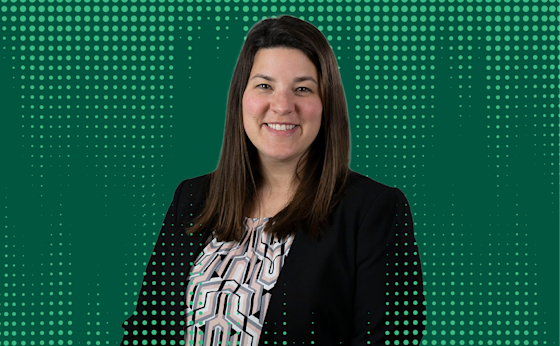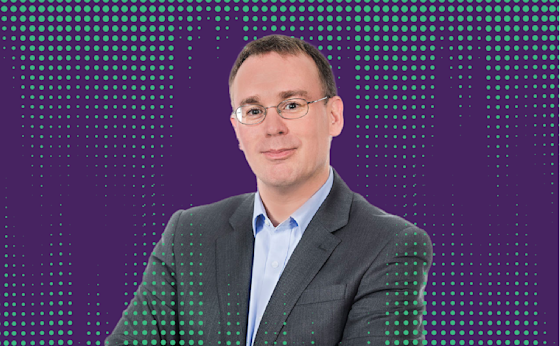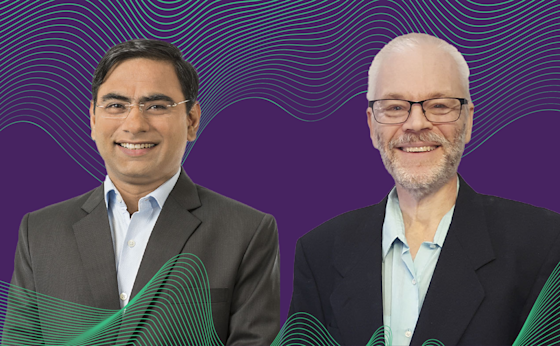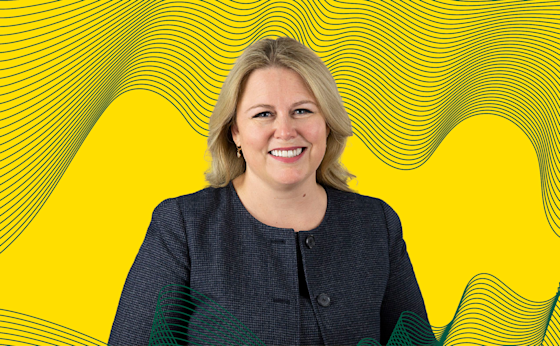
It provides design principles for creating transformational security awareness initiatives which will win the hearts and minds of senior executives, employees, the technology organization, and customers.


Get access to a single webinar that is currently outside of your subscription.
Price: $300 (USD)
Partner with Forrester Research to get access to webinars, insights and frameworks aligned to your role. Shorten the time between a great idea and a great outcome, helping your teams win in the age of the customer.
Join this webinar to learn about the four-step plan CISOs should follow to manage the human risk in cybersecurity. These steps provide design principles for creating transformational security behavior change initiatives which will win the hearts and minds of senior executives, employees, technology organization, and customers.
Key takeaways:
Target audience level: all levels
You'll receive an email with dialing and Webex instructions prior to the Webinar.
See the Webinar FAQs for answers to technical and other Webinar questions.

It provides design principles for creating transformational security awareness initiatives which will win the hearts and minds of senior executives, employees, the technology organization, and customers.

This report shows security and risk (S&R) pros how to measure the benefit of SA&T initiatives and solutions to justify more investment.

Building a strong security culture is not easy. This report highlights some of the best methods to instill a culture of security to achieve that goal.

In today’s rapidly evolving healthcare landscape, organizations must transform into intelligent healthcare organizations (IHOs) to meet rising expectations from both employees and patients. This webinar explores how becoming an IHO is not a final destination but an ongoing practice that requires more than just technology investment. It involves reimagining workflows, delivering personalized content, building resilient strategies, and fostering intuitive interactions.Despite challenges like internal skill gaps and weak vendor relationships, healthcare leaders can overcome these barriers by adopting Forrester’s Intelligent Healthcare Organization Framework. This approach empowers leaders to evaluate technology with a functions-first mindset and build strategic partnerships. Join us to learn how to infuse clinical intelligence across your enterprise and drive meaningful transformation.Key takeaways: Discover Forrester’s Intelligent Healthcare Organization Framework, a strategic model designed to guide healthcare leaders through the transformation into intelligent, adaptive organizations.Learn how to prepare for the future through smarter tech decisions, including how to evaluate enterprise technology with a functions-first mindset and build resilient, purpose-driven partnerships.Target audience level: intermediate

What do customers really want from personal mobility? The answer goes far beyond vendor-specific or tech-centric solutions. From sustainability concerns to shifting mobility patterns and rising customer expectations, the landscape is evolving fast. Together, we dive into how connectivity, automation, shared use, and electrification are reshaping ecosystems — and why the future belongs to those who embrace collaboration and broader market opportunities.Key takeaways: Learn how consumers of mobility think about it, and its role in their lives. Explore the disconnect between mobility providers and consumers.Hear examples of getting it right.Target audience level: all levels

End-to-end automation means different things to different people. At its narrowest, it’s going from compile to staging. More broadly, it can encompass the entire software development lifecycle, from collecting requirements to eventual retirement of the product and the infrastructure it runs on. Join Naveen, Chris, and Andrew to learn where to best end — and start — your automation journey.Key takeaways: Learn what end-to-end automation means.Discover how to redefine the boundaries of automation.Target audience level: intermediate and advanced

Today’s public sector environment changes daily. Tech leaders in government groups are pushed to maximize the budget they have. The most logical place to start? Portfolio rationalization. Techniques such as project prioritization, resource allocation, and redundancy elimination are essential to streamline operations and enhance overall efficiency. Although these steps will help drive down cost — the goal is creating a more adaptive platform that is responsive to changing needs and capable of integrating advanced technologies, including AI. This AI-ready framework enables agencies to leverage data-driven insights for better decision-making, predictive analytics for future planning, and automation to reduce manual workloads, ultimately driving innovation and delivering superior outcomes for their constituents.Key takeaways: Learn how to assess and rank projects based on strategic importance and resource availability to ensure optimal portfolio composition.Discover techniques to streamline operations by removing overlapping or unnecessary initiatives, thereby improving efficiency.Gain insights into effective resource management strategies that enhance operational effectiveness and drive better outcomes for government agencies.Target audience level: beginner and intermediate

CRM is a critical piece of technology infrastructure that underpins a firm’s ability to deliver next-generation financial services. It connects organizational silos to drive customer and business value. CRMs are integrating AI and adding intelligent agents to boost productivity and deliver personalized customer experiences at scale. This makes CRM an indispensable tool for financial services firms aiming to enhance customer experiences, streamline operations, and drive growth.Despite the benefits, we often hear that financial services firms struggle to justify the investment in CRM modernization, and firms that have done so say that they’re struggling to extract value. This makes it more important than ever to choose the right vendor. But the financial services CRM market is bifurcating, making vendor choice even harder.Key takeaways: Understand the financial services CRM market, key vendors, and common financial services use cases.Learn how AI (predictive, generative, and agentic) is transforming CRM and what it means for financial services firms.Uncover the mistakes that are leading to the underutilization of CRM by financial services firms.Identify the key considerations that should inform financial services firms’ CRM purchasing decision.Target audience level: intermediate and advanced

Generative AI (genAI) and agentic workflows are roiling technology services markets, overturning the 15-year stability of the prevailing business model. The era defined by time-and-materials pricing, agnostic technology positions, and people-driven business growth is no longer viable. Since the peak growth seen in 2021, the sector has become entirely different.Starting in 2022, four powerful forces began converging to disrupt the services status quo, forcing providers toward radically different choices and reshaping the sector to deliver what enterprises need now.Key takeaways: Learn how four forces shape technology service business models.Find out what separates winners from losers.Explore how, as a buyer of services, you can thrive in a reconstructed services economy.Target audience level: intermediate